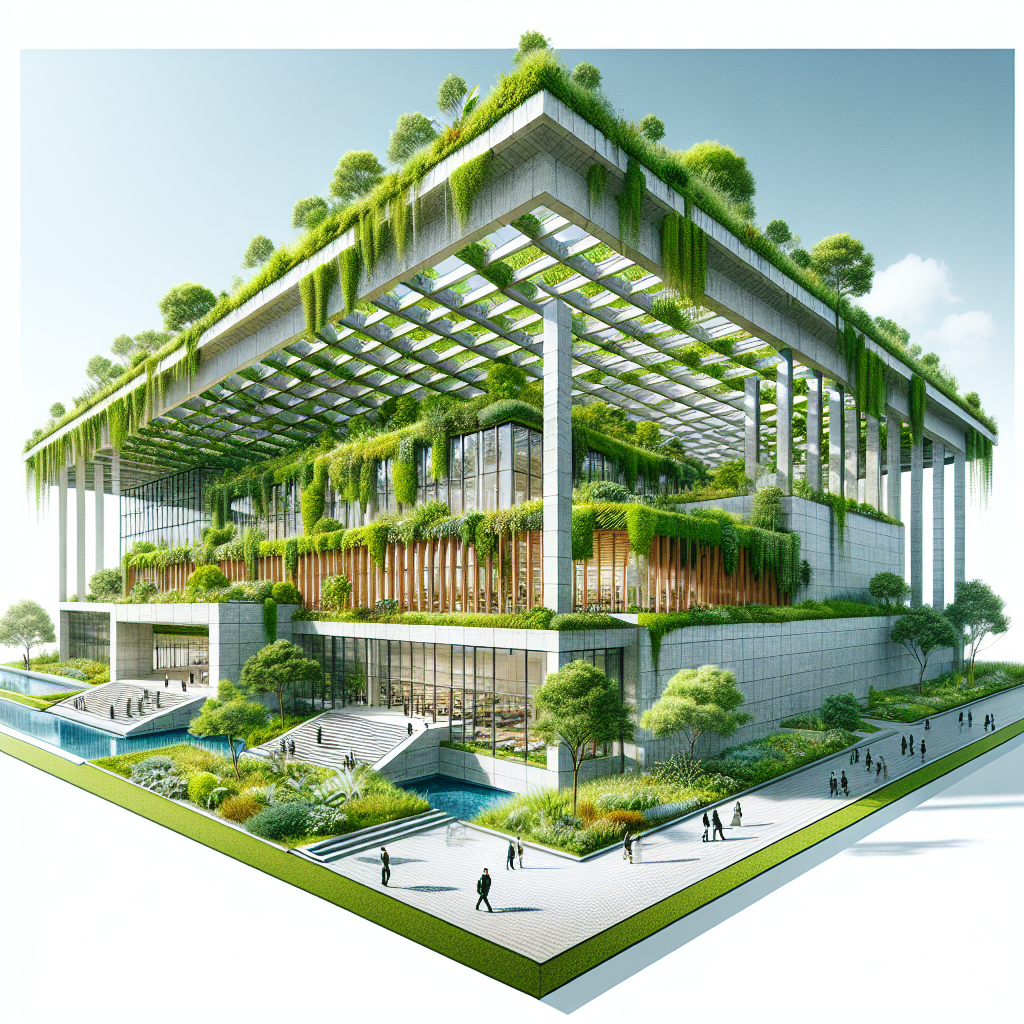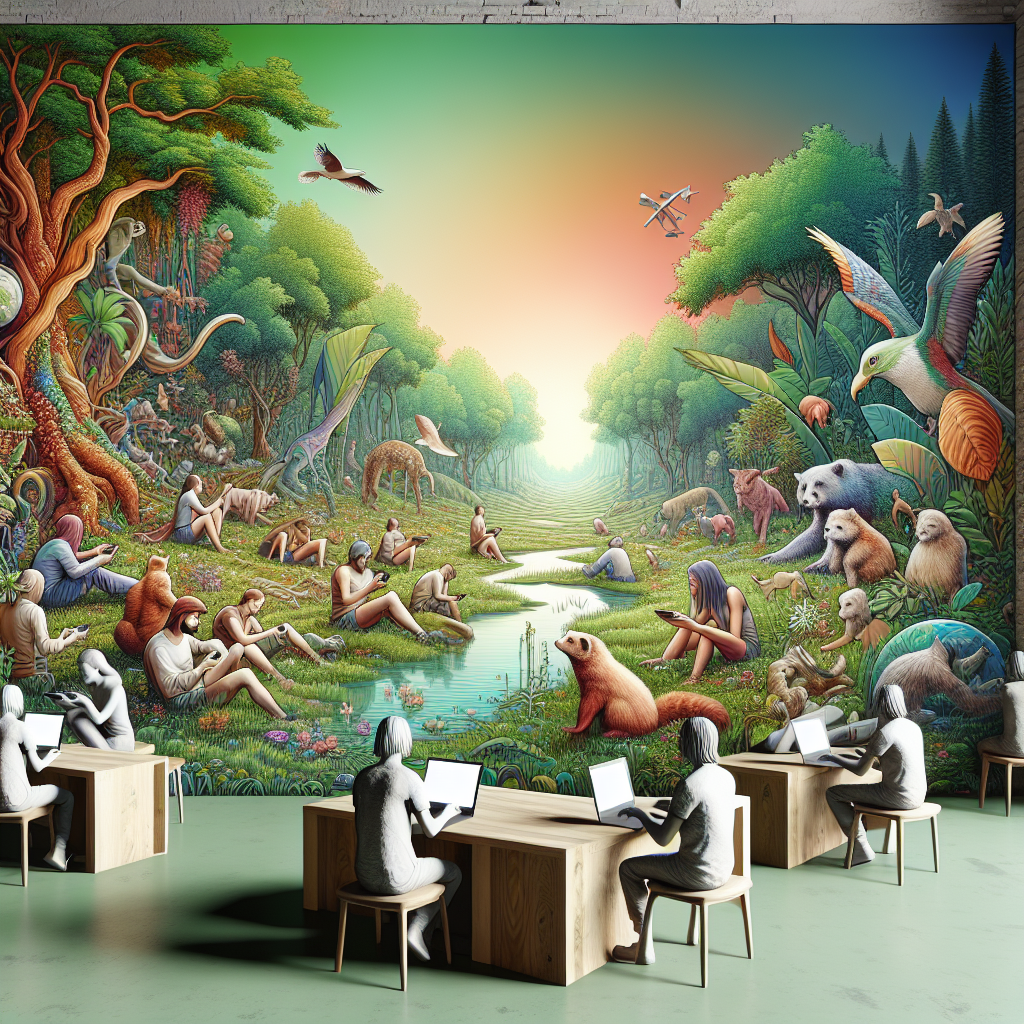Nature inspire modern architecture in numerous ways, leading to innovative designs that harmonize with the environment. Architects draw inspiration from natural forms, patterns, and ecosystems to create spaces that are not only aesthetically pleasing but also sustainable. This approach has given rise to the concept of biophilic design, which emphasizes the connection between humans and nature within the built environment.
Biophilic Design: A Connection to Nature
Biophilic design integrates natural elements into architectural projects, promoting well-being and sustainability. By incorporating features such as natural light, ventilation, and greenery, architects create spaces that enhance the quality of life for occupants. For instance, buildings with large windows and open spaces allow natural light to flood in, reducing the need for artificial lighting and fostering a connection to the outdoors. The Houzz article on biophilic design explores its significance in modern architecture.


Nature’s Patterns and Forms
Architects often mimic the shapes and patterns found in nature to create unique and functional designs. The Fibonacci sequence, for example, appears frequently in natural forms, from seashells to flower petals. By applying this mathematical principle, architects can create buildings that are visually harmonious and aesthetically pleasing. The ArchDaily article highlights several examples of biomimicry in architecture, showcasing how nature inspire modern architecture.
Creating Sustainable Environments
One of the most significant ways that nature inspire modern architecture is through the emphasis on sustainability. Green roofs, living walls, and the use of renewable materials are just a few examples of how architects incorporate ecological principles into their designs. By prioritizing sustainability, architects not only reduce the environmental impact of their buildings but also promote biodiversity. Green Building Advisor discusses the benefits of green roofs and their role in sustainable architecture.
In conclusion, nature inspire modern architecture by encouraging designs that are both beautiful and sustainable. The integration of natural elements, patterns, and sustainable practices results in spaces that enhance human well-being and foster a deeper connection to the environment. As we continue to face environmental challenges, the lessons learned from nature will undoubtedly shape the future of architectural design.
Some content and/or images on this page were created using AI.





